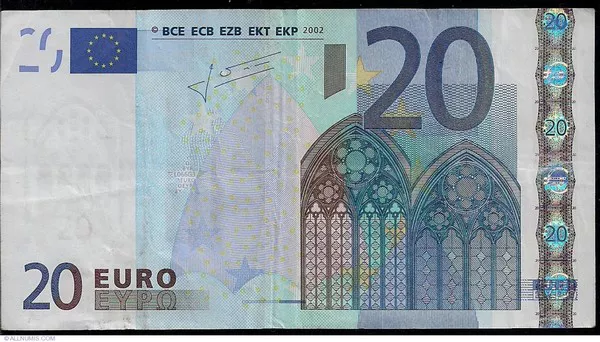The foreign exchange market, commonly known as forex, is a global decentralized market for trading currencies. It plays a pivotal role in the international financial system, serving as the medium for currency conversion and trading. Among the numerous currency pairs traded in the forex market, the Euro to Indian Rupees (EUR/INR) holds significant importance, reflecting the economic ties between the Eurozone and India. In this article, we will explore the dynamics of forex trading with a focus on the EUR/INR pair, shedding light on factors influencing exchange rates and strategies for successful trading.
Understanding the EUR/INR Exchange Rate
At the heart of forex trading is the exchange rate, the value of one currency expressed in terms of another. The EUR/INR exchange rate specifically denotes how much one Euro can be exchanged for in Indian Rupees. For instance, if the EUR/INR exchange rate is 90.77, it means one Euro is equivalent to 90.77 Indian Rupees.
Current Exchange Rate: Unveiling the Numbers
As of the latest available data, the EUR/INR exchange rate stands at [insert current rate], showcasing the real-time valuation of the Euro against the Indian Rupee. This rate is influenced by a myriad of factors, ranging from economic indicators to geopolitical events, making it imperative for traders to stay informed and adapt their strategies accordingly.
See Also:35 Euros in Pounds
Factors Influencing EUR/INR Exchange Rates
Economic Indicators
Interest Rates: Central banks play a pivotal role in determining interest rates, affecting the attractiveness of a currency. A higher interest rate in the Eurozone compared to India can lead to an increase in demand for the Euro, consequently impacting the EUR/INR exchange rate.
GDP Growth: Economic performance, as reflected in Gross Domestic Product (GDP) growth, influences currency values. A robust Eurozone economy relative to India may result in a stronger Euro against the Indian Rupee.
Political Stability and Geopolitical Events
Political Developments: Political stability fosters investor confidence. Changes in political leadership or instability can lead to fluctuations in the EUR/INR exchange rate.
Geopolitical Events: Global events, such as trade tensions or conflicts, can impact investor sentiment, leading to volatility in currency markets.
Market Sentiment and Speculation
Trader Sentiment: The forex market is highly responsive to market sentiment. Positive or negative sentiments can drive buying or selling activities, influencing the EUR/INR exchange rate.
Speculative Trading: Traders engaging in speculative activities contribute to short-term fluctuations in exchange rates. Understanding market sentiment is crucial for successful trading in the forex market.
Strategies for Trading EUR/INR
Technical Analysis
Chart Patterns: Traders often use chart patterns, such as head and shoulders or trendlines, to identify potential entry and exit points.
Indicators: Technical indicators, including Moving Averages and Relative Strength Index (RSI), provide insights into market trends and potential reversal points.
Fundamental Analysis
Economic Indicators: Keeping abreast of economic indicators, such as inflation rates and employment data, helps traders anticipate future currency movements.
Central Bank Policies: Monitoring the policies and statements of the European Central Bank (ECB) and the Reserve Bank of India (RBI) provides valuable insights into future monetary policy actions.
Risk Management
Stop-Loss Orders: Setting stop-loss orders helps mitigate potential losses by automatically closing a trade when a predetermined level is reached.
Diversification: Spreading investments across different assets and currency pairs reduces risk exposure.
The Future of EUR/INR Trading
As the global economic landscape evolves, so does the forex market. The EUR/INR exchange rate will continue to be influenced by a plethora of factors. Technological advancements, including algorithmic trading and artificial intelligence, are shaping the future of forex trading, offering new tools and strategies for market participants.
Conclusion
Forex trading, especially when dealing with the EUR/INR pair, requires a comprehensive understanding of the market dynamics and a strategic approach. The exchange rate, currently standing at 90.77, reflects the ongoing economic interplay between the Eurozone and India. Traders should remain vigilant, utilizing both technical and fundamental analysis, while keeping an eye on global events and market sentiment. With a solid grasp of these elements and a commitment to risk management, traders can navigate the intricate world of forex trading successfully.
Related Topics:
Current EUR Exchange Rate: What Is 30 Euros in Pounds?
Current EUR Exchange Rate: What Is 140 Euros in Pounds
Current EUR Exchange Rate: What Is 12 Euros in Pounds?

























